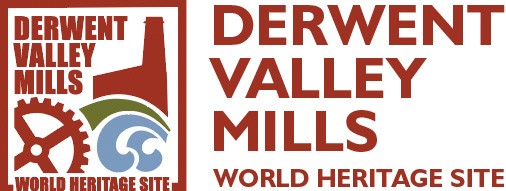b04

This is part of a heritage trail around Belper, taking in some of the key historic areas, and talking about some of the people involved in the development of the town. You can find a map of the trail, and information on where to find interpretation boards containing more details on the town and its history at www.derwentvalleymills.org/belper.
The Long Row Terraces
Long Row has some of the finest early industrial housing in the world. The millworkers’ houses were built on Long Row between 1792 and 1797. There were originally 77 houses in Long Row. It was built in the form of three terraces, two of which were continuous until broken by the North Midland Railway in 1838/9, who built the railway cutting, to designs by George Stephenson and his son Robert. Houses were demolished on both sides to accommodate the cutting and a bridge over it. Unusually for this time, the houses already had numbers and no re-numbering took place.
The three-storey, mainly stone, houses on the north side have one continuous sloping eaves line. They were designed to interlock around the staircases. The southern two-storey terrace is mainly brick, the houses being in stepped pairs. Originally these had a lower roofline and with some houses you can still identify the six layers of bricks which were added later to provide higher ceilings for the upper storeys. On both sides, each house had a substantial garden attached. In this part of Belper, considerably more housing was created for the Strutt workers, providing a range in style and quality, accommodating workers of all classes, with the rents reflecting this wide range.
Wakes Celebrations in Long Row


The terraces of Long Row provide an ideal site for street decorations. In the latter half of the 19th century, during the Wakes celebrations in July, street dressings as high as the houses were constructed, secured by ropes to the houses to ensure they stayed in place.
The images show there could be three of these huge structures erected along Long Row, to the delight of residents and visitors.
Royal Events

Again, it was the terraces that helped transform Long Row into the best-dressed – and prize-winning – street in Belper for numerous royal celebrations, including the 1911, 1937 and 1953 coronations. Streams of bunting could be put up to great effect. There was bunting up again for more recent royal events, including the Queen’s Silver Jubilee in 1977, and although Long Row no longer received first prize it still impressed the judges.

